Introduction
Bananas, known for their sweet taste, rich nutritional content, and convenience in consumption, are a favorite fruit globally. From tropical regions where they thrive to distant markets worldwide, the journey of bananas often involves long-distance transportation, including courier delivery. Ensuring that bananas arrive fresh and in prime condition is crucial for maintaining customer satisfaction and preserving the fruit’s nutritional value. This article delves into the intricacies of how to effectively preserve fresh bananas during courier delivery, focusing on various aspects such as packaging, temperature control, and handling practices.
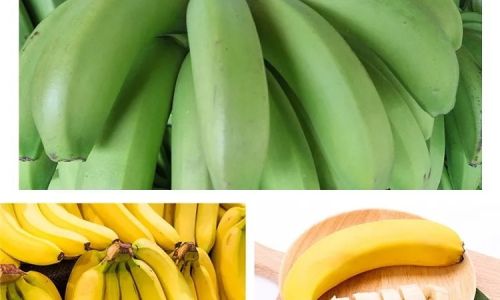
Understanding Banana Physiology
Before discussing preservation methods, it’s essential to understand the basic physiology of bananas. Bananas are climacteric fruits, meaning they continue to ripen after harvest. This ripening process is triggered by the production of ethylene gas, which promotes changes in color, texture, and flavor. Therefore, managing ethylene production and exposure is key to preserving banana freshness during transit.
Pre-Harvest and Harvest Practices
The journey to preserving fresh bananas begins at the farm. Proper pre-harvest and harvest practices are fundamental. Farmers should monitor the ripeness of bananas closely, aiming to harvest them at the optimal stage—typically when the fruit is still greenish-yellow with firm flesh. Harvesting too early can result in underripe bananas, while harvesting too late may lead to over-ripening before they even reach the packaging stage.
Moreover, careful handling during harvest is crucial. Bananas should be cut from the plant with minimal damage to the fruit and stalk, as wounds can provide entry points for pathogens and accelerate ripening. Once harvested, bananas should be shaded immediately to prevent sunburn and rapid temperature fluctuations.
Post-Harvest Cooling
Immediately after harvest, bananas should be cooled to a temperature between 13°C to 15°C (55°F to 59°F). This practice, known as pre-cooling, helps to slow down the ripening process and reduce ethylene production. It also prepares the bananas for the next stage of packaging and transportation, where temperature control will continue to be vital.
Packaging for Courier Delivery
Packaging plays a pivotal role in maintaining banana freshness during transit. The goal is to create an environment that minimizes ethylene exposure, controls humidity, and maintains an optimal temperature. Here are some effective packaging strategies:
a. Modified Atmosphere Packaging (MAP)
MAP involves sealing bananas in packaging that has a controlled atmosphere, typically with low oxygen and high carbon dioxide levels. This environment slows down respiration and ethylene production, thereby extending the shelf life of bananas. MAP can be achieved using specialized bags or containers designed for fruit preservation.
b. Humidity Control
Bananas require a high humidity environment to prevent dehydration. Packaging materials that can maintain high humidity levels, such as perforated plastic bags or moisture-retaining wraps, are ideal. These materials allow for the exchange of gases while retaining moisture.
c. Insulation and Temperature Control
Insulated packaging, such as foam boxes or gel packs, helps maintain a consistent temperature during transit. Combining insulation with refrigerants like ice packs can further ensure that bananas stay within the optimal temperature range. It’s crucial to monitor the effectiveness of these cooling methods, especially during longer journeys or in extreme weather conditions.
d. Protection Against Physical Damage
Bananas are susceptible to bruising and compression damage. Packaging should include cushioning materials like bubble wrap or foam inserts to protect the fruit from impacts and vibrations during transportation.
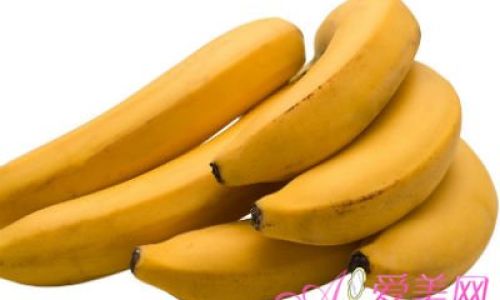
Temperature Management During Courier Delivery
Temperature control is perhaps the most critical aspect of preserving fresh bananas during courier delivery. Bananas should be transported within the temperature range of 13°C to 15°C (55°F to 59°F) to slow ripening and prevent chilling injury. Here are some strategies for maintaining optimal temperatures:
a. Cold Chain Logistics
Courier companies specializing in fresh produce should utilize cold chain logistics, which involves refrigerated vehicles and storage facilities throughout the delivery process. This ensures that bananas are kept at the desired temperature from the moment they leave the farm until they reach the customer’s doorstep.
b. Temperature Monitoring Devices
Using temperature monitoring devices, such as data loggers or smart sensors, can provide real-time insights into the temperature conditions within the packaging and during transit. These devices alert couriers and shippers to any temperature excursions, allowing for immediate corrective actions.
Handling Practices
Proper handling practices are essential to maintain banana quality during courier delivery. Couriers should be trained on the importance of gentle handling, quick unloading and reloading processes, and adhering to specified temperature protocols.
a. Gentle Handling
Bananas should be handled with care to avoid bruising, which can accelerate ripening and lead to spoilage. Couriers should use lifting techniques that distribute weight evenly and avoid stacking bananas too high or compressing them.
b. Prompt Delivery
Speed is of the essence when it comes to delivering fresh bananas. Courier companies should prioritize routes and schedules that minimize transit time, ensuring that bananas reach their destination as quickly as possible.
c. Customer Handover
Upon delivery, couriers should ensure that the bananas are handed over to the customer in the same condition they were received. This includes verifying that the packaging is intact and that the temperature has been maintained. Providing customers with brief instructions on how to store their bananas upon receipt can also enhance satisfaction.
Conclusion
Preserving fresh bananas during courier delivery is a multifaceted challenge that requires careful planning and execution. From pre-harvest practices to packaging innovations, temperature management, and gentle handling, each step plays a crucial role in ensuring that bananas arrive in prime condition. By adopting these strategies, courier companies and farmers can work together to provide consumers with fresh, nutritious bananas, regardless of distance or climate conditions. As technology advances and consumer demand for fresh produce grows, the focus on preserving banana freshness during transit will continue to evolve, driving innovation and sustainability in the fresh produce industry.
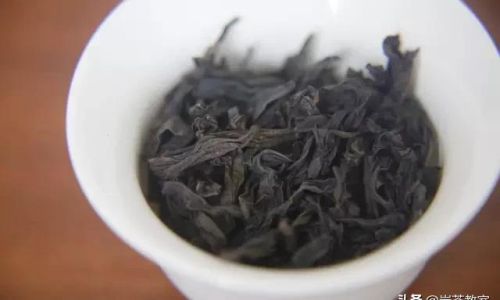
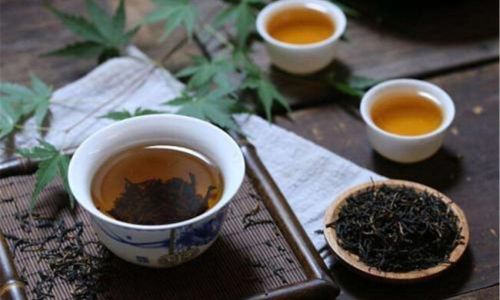
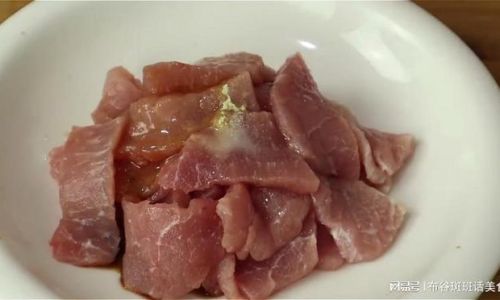
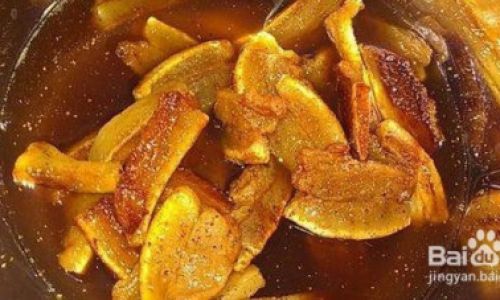
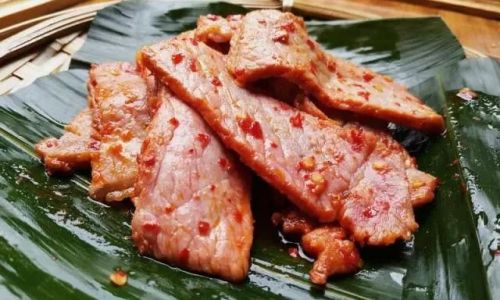
0 comments